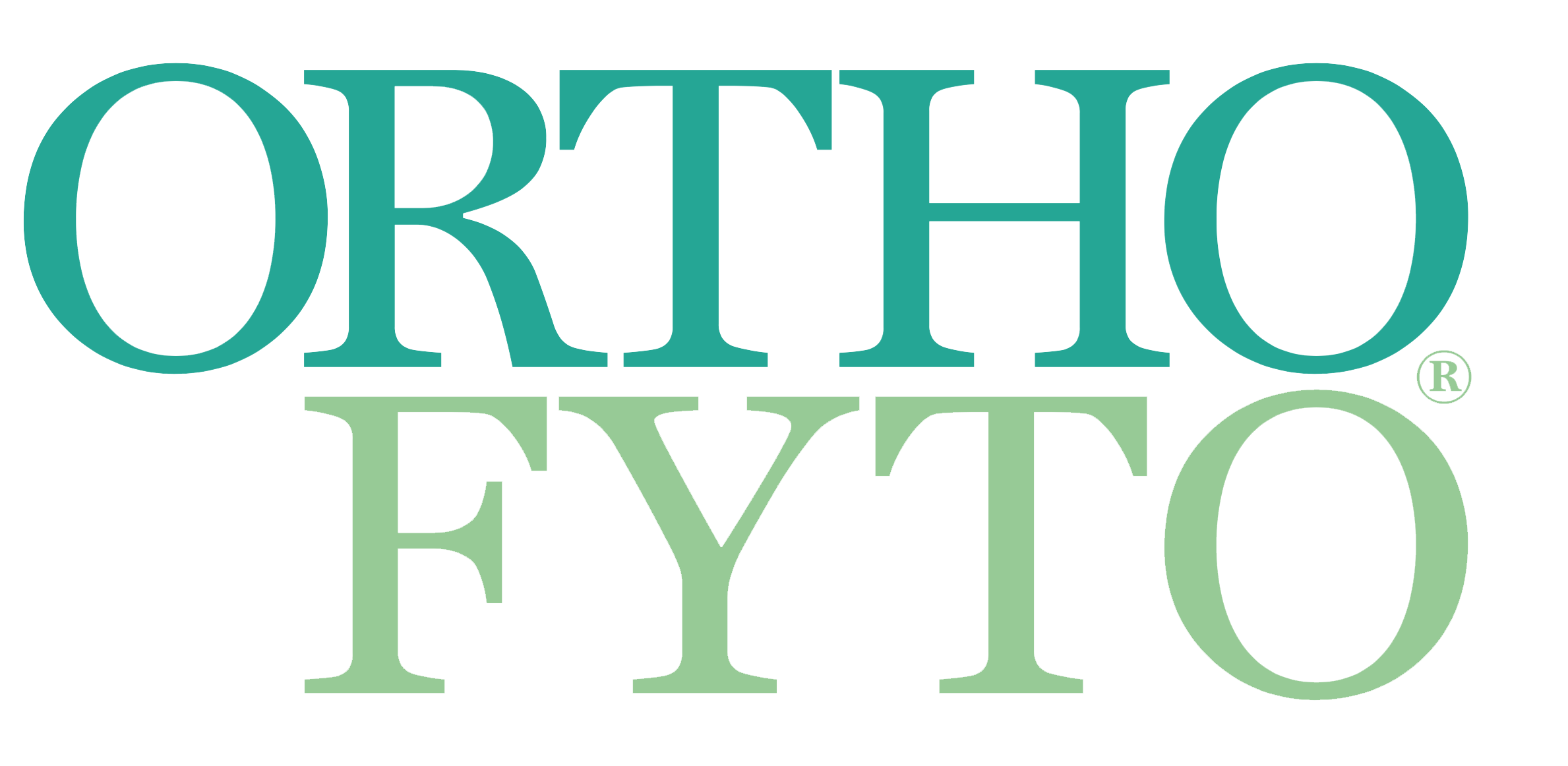Arctium lappa
28 Mar, 2022
Wie ooit kennis heeft gemaakt met de vasthoudende eigenschappen van de bloemhoofdjes van Arcticum lappa (AL), weet waarom de plant in het Nederlands de naam ‘Grote klit’ heeft. Ook het tweede deel van de Latijnse naam ‘lappa’ verwijst naar de klittende kwaliteit van de bloemhoofdjes. De plant is in geheel Nederland te vinden in bermen en ruigten. In Japan wordt de wortel van een cultivar van AL als groente gegeten, in Europa is dat geen traditie. Wel zijn er geneeskrachtige toepassingen in Amerika, Azië en Europa die teruggaan tot ver in de geschiedenis.
In de Chinese geneeskunst worden de zaden van AL gebruikt onder de naam Níu bàng zĭ, om Wind Hitte te verdrijven en bijvoorbeeld keelpijn te behandelen. In de westerse volksgeneeskunde wordt de wortel van de plant vooral ingezet als bloedzuiverend en ontgiftend middel bij huidproblemen. Traditioneel wordt AL gezien als een verkoelend kruid, wat in dit geval wijst op de ontstekingsremmende eigenschappen. Recent is er veel wetenschappelijk onderzoek naar de werking van AL gedaan en daaruit blijkt dat het een veelzijdig geneeskrachtig kruid is. In een review onderscheidt Chan vier farmacologische activiteiten, te weten: ontstekingsremmend, antiseptisch, antitumoraal en antidiabetisch1.
Wilt u het hele artikel ontvangen? Bestel het dan hier voor € 3,50.
Bronnen:
1. Chan, Y.S., Cheng, L.N., Wu, J.H., Chan, E., Kwan, Y.W., Lee, S.M.Y., Chan, S.W. (2011). A review of the pharmacological effects of Arctium lappa (burdock). Inflammopharmacology, 19(5), 245-254.
2. Liu, C., Srivastava, K.D., Yang, N., Primas, M.A., Bushko, R., Chin, K., ... & Li, X.M. (2016). Arctigenin Isolated from Arctium Lappa L. Inhibits IgE Production. Journal of Allergy and Clinical Immunology, 137(2), AB236.
3. Kwon, Y.K., Choi, S.J., Kim, C.R., Kim, J.K., Kim, Y.J., Choi, J.H., ... & Shin, D.H. Antioxidant and cognitive-enhancing activities of Arctium lappa L. roots in Aβ1-42-induced mouse model. Applied Biological Chemistry, 1-13.
4. da Silva, L.M., Allemand, A., Mendes, D.A.G., dos Santos, A.C., André, E., de Souza, L.M., ... & Werner, M.F. (2013). Ethanolic extract of roots from Arctium lappa L. accelerates the healing of acetic acid-induced gastric ulcer in rats: Involvement of the antioxidant system. Food and chemical toxicology, 51, 179-187.
5. Santos AC, Baggio CH, Freitas CS, Lepieszynski J, Mayer B, Twardowschy A, Missau FC, Santos ÉP, Pizzolatti MG, Marques MC. Gastroprotective activity of the chloroform extract of the roots from Arctium lappa L. Journal of Pharmacy and Pharmacology. 2008 Jun 1;60(6):795-801.
6. Chan, Y.S., Cheng, L.N., Wu, J.H., Chan, E., Kwan, Y.W., Lee, S.M.Y., Chan, S.W. (2011). A review of the pharmacological effects of Arctium lappa (burdock). Inflammopharmacology, 19(5), 245-254.
7. Chan, Y.S., Cheng, L.N., Wu, J.H., Chan, E., Kwan, Y.W., Lee, S.M.Y., Chan, S.W. (2011). A review of the pharmacological effects of Arctium lappa (burdock). Inflammopharmacology, 19(5), 245-254.
8. Miele, C., & Beguinot, F. (2012). New expectations from the well-known medicinal properties of Arctium lappa. Diabetologia, 55(5), 1244-1246.
9. Kuo, D.H., Hung, M.C., Hung, C.M., Liu, L.M., Chen, F.A., Shieh, P.C., ... & Way, T.D. (2012). Body weight management effect of burdock (Arctium lappa L.) root is associated with the activation of AMP-activated protein kinase in human HepG2 cells. Food chemistry, 134(3), 1320-1326.
10. Mills, S., & Bone, K. (2005). The essential guide to herbal safety. Elsevier Health Sciences.
